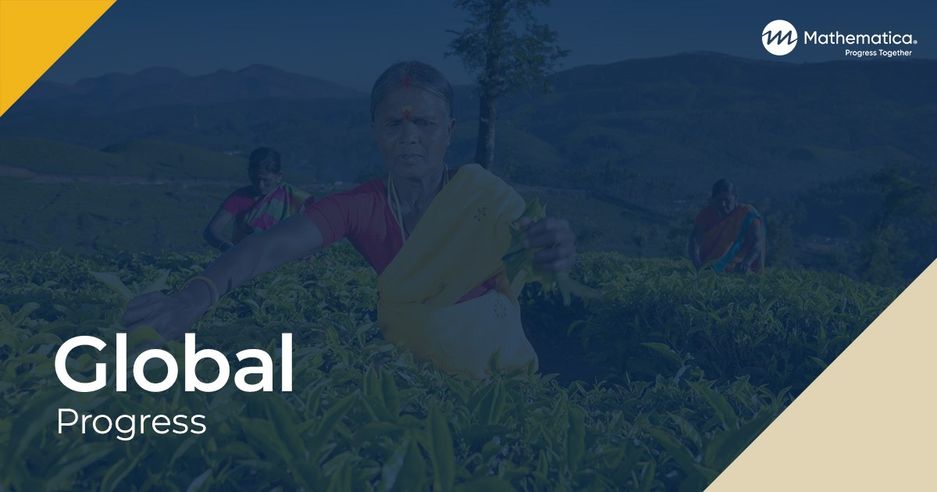Evaluation of the Kigoma Solar Activity in Tanzania: Final Report
Download
Associated Project
Key Findings
Key Findings:
- Mathematica’s performance evaluation found that two years after the activity, use of solar PV systems increased both among those targeted to participate in the program and those who were not targeted, which may reflect a growing interest in solar energy in the region.
- Recipients of the PV systems were using their systems regularly but reported some issues with the systems’ capacity and performance.
- Liquid fuel use was lower among those targeted for the systems than among those not targeted, suggesting that solar PV systems may serve some of the same energy needs as liquid fuels, such as providing light and powering appliances.
- There was limited evidence of an association between the Kigoma solar activity and other key outcomes such as investments, economic activity, or human capital accumulation.
The $11 million Kigoma solar activity was one component of a $199.5 million energy sector project in Tanzania funded by the Millennium Challenge Corporation (MCC). The solar activity was designed to provide photovoltaic (PV) systems in the Kigoma region of Tanzania to schools, health centers, markets, businesses, fishermen, and households. The growing focus on improving access to electricity in sub-Saharan Africa, and in Tanzania in particular, has provided the political will necessary to test and develop programs to deliver electricity to rural and other hard-to-reach populations. Given the high costs associated with expanding access to grid electricity and the falling cost of solar energy worldwide, programs such as the Kigoma solar activity may offer a relatively low-cost and effective way to bring electric energy to many rural Tanzanians. Such efforts could help change how people and institutions use energy sources, reduce energy costs for individual households and businesses, enable schools and health facilities to serve people better, and ultimately reduce poverty. Our findings suggest that the Kigoma solar activity has achieved some of these expected outcomes. Specifically, the overall high use of and satisfaction with solar PV systems, coupled with some changes in the consumption of liquid fuels, suggest that the activity may have helped to encourage solar energy use. Although there is some evidence to support the hypothesis that increased solar energy consumption could help lead to longer-term outcomes, such as improved facility operations and increased income and revenues, our results in this area were generally very imprecise. Our study provides useful information on solar energy use, and although our evaluation was not a rigorous assessment of the Kigoma solar activity’s impacts, it provides a basis for evaluations of future efforts to expand access to solar energy. Future evaluations that allow for longer-term assessments and more rigorous methods could help to produce more rigorous evidence on how expansion efforts work and to what extent they can be used to meet the energy needs of sub-Saharan Africa.
How do you apply evidence?
Take our quick four-question survey to help us curate evidence and insights that serve you.
Take our survey
